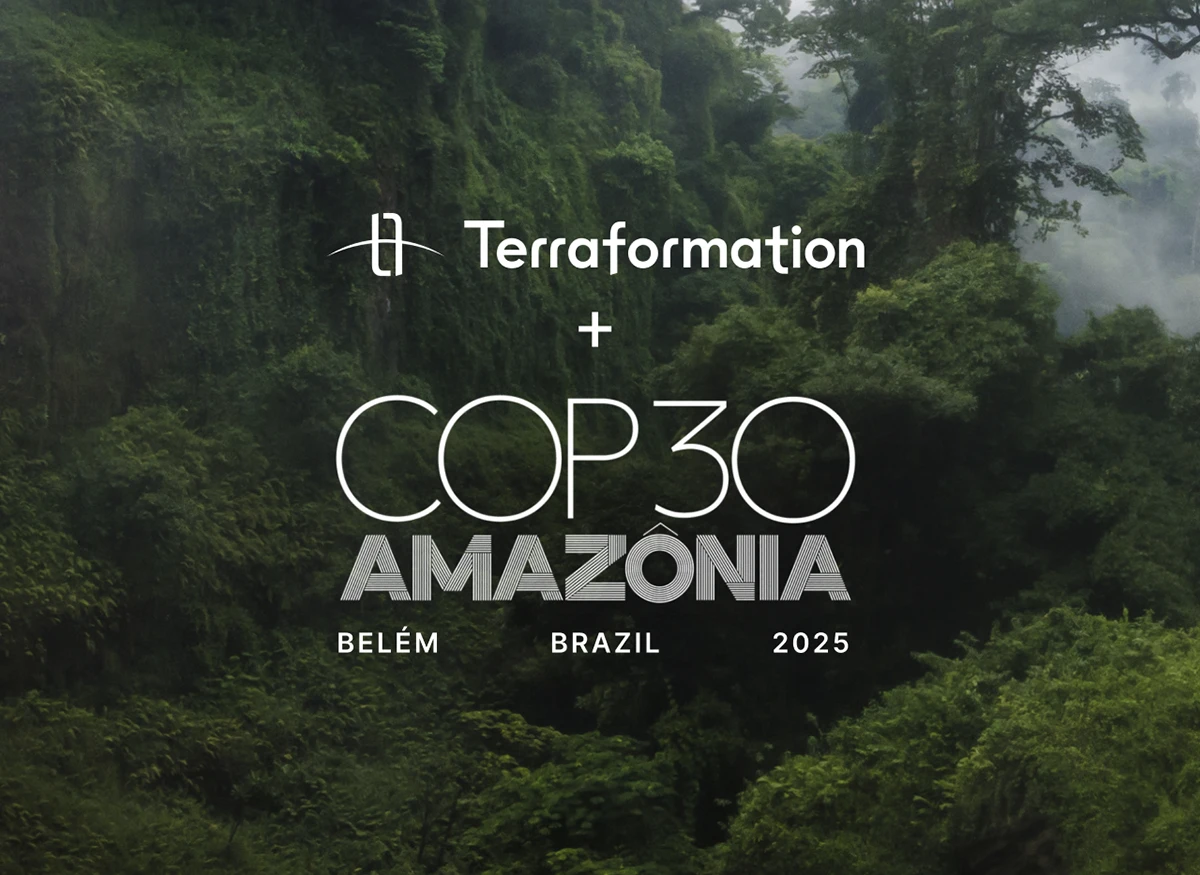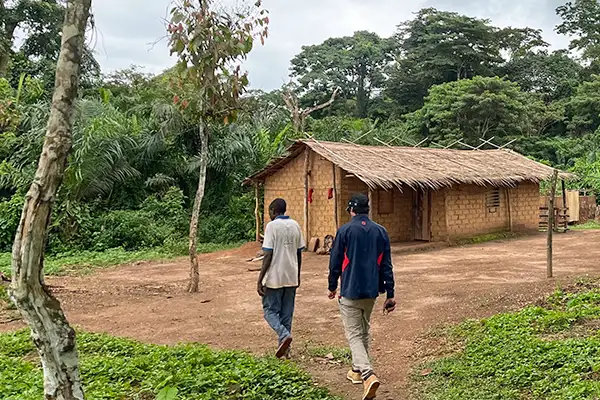The Hidden Cost of Neglected Forests: Lessons from Jasper’s Wildfire

The still-growing wildfire in Jasper National Park has taken a terrible toll on the town of Jasper, culminating in the news of the loss of an Alberta firefighter in the line of duty. As the fire continues, it poses increasing threats to forests, wildlife, and human health.
Among the many tragic aspects of this fire is the fact that many large-scale wildfires could be prevented with better forest management.
With nearly 500 active wildfires in Western Canada alone, the management of forests urgently needs to be improved. This is necessary for the safety of people and property, but also for our climate. Forests, which have vast potential to absorb atmospheric carbon, instead become a climate liability when neglect leads to preventable wildfires.
Healthy forests absorb large amounts of carbon on a sustainable basis. They are the lungs of the earth. Yet many regions of the world — not only Canada — are impacted by ever-increasing and more intense wildfires, which are causing large carbon emissions.
Diseases and infestations like the mountain pine beetle, spruce bark beetle, and spruce budworm are a serious threat to the world’s forests. In fact, the mountain pine beetle started in the British Columbia interior and entered Alberta through Jasper National Park.
Unfortunately, the diseased forests were not contained — something that could have occurred at any point over the past three decades in order to reduce the impacts on the forests and the ever-increasing wildfires.
Taking action for safer forests
Science-based forestry is the solution. Nordic countries, which have boreal forests similar to those in Canada, have implemented such forestry practices with great success. The state of Alaska, led by a visionary governor, recently implemented legislation to repair damaged forests with a goal of improved forest health.
In Canada, where approximately 93% of forests are owned by the government, the solution is clear. Early thinning of forests can help reduce wildfire risk, allowing the remaining trees to grow larger, which will enable forests to absorb even more carbon.
Canada needs to improve its forest management promptly — as do many other countries. This will require repairing the millions of hectares of diseased and damaged forests by harvesting the diseased and dead trees that are dry and susceptible to fire.
A large replanting effort is also required. Building more biomass plants to generate heat and energy is a tremendous opportunity to generate green energy, putting to use the dead and damaged trees harvested as part of wildfire prevention efforts.
Canada is the second-largest country in the world by land mass, and it has one of the largest forest areas in the world. Yet its burning forests are causing terrible impacts on the environment, wildlife, communities, and human health. Only by acting swiftly to implement science-based forest practices can Canada put an end to the growing disaster presented by these wildfires.
Read Rick Doman's "Turning to Forests: Solutions for Current Catastrophes" to learn more about how good forestry practices can reduce wildfire risk.
About the
Series:
Who Will Speak For The Trees?
At a time when human economic development is prioritized over the needs of nature, the Who Will Speak for the Trees? series features top reforestation leaders with a broad range of restoration expertise, including climate tech, monitoring, science, finance, media, and more. These diverse voices offer expert viewpoints to instill confidence in how humanity can support nature to deliver a forested future for all living things on Earth. Join us for this ongoing series to learn more about the science of reforestation and how restoring ecosystems is part of a comprehensive climate solution.
















